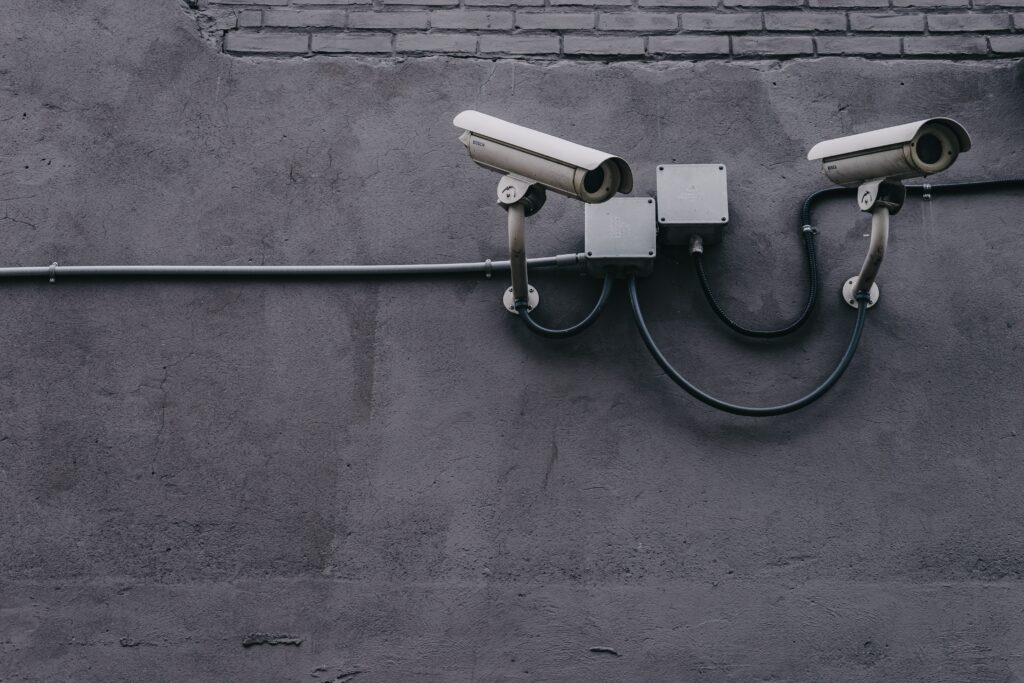Introduction
Insider threats pose a significant risk to an organization’s cybersecurity, making it crucial to understand, detect, and mitigate these threats effectively. Insider threats refer to the potential harm and breaches that can be caused by trusted individuals within an organization, such as employees or contractors, who have authorized access to sensitive data and systems. The human factor plays a crucial role in these threats, making it necessary to address not only technical vulnerabilities but also the behavioral aspects of security. It is essential to identify the different types of insider threats to develop appropriate security measures. These can include malicious insiders with intent to harm the organization, negligent employees who unknowingly cause breaches, and compromised insiders whose access has been exploited by external attackers. This variety of threats highlights the complexity of the issue and the need for a multi-faceted approach to defense. Insider threats are a major concern in cybersecurity due to the potential damage they can inflict. They can result in unauthorized access to sensitive information, theft of intellectual property, financial loss, reputational damage, and even disruption of critical systems. These threats often go unnoticed for extended periods, making it imperative for organizations to implement robust detection mechanisms and response strategies. By understanding insider threats, employing effective detection methods, and implementing appropriate mitigation strategies, organizations can significantly reduce their vulnerability to these internal security risks.
Understanding Insider Threats
Understanding insider threats is essential in the context of security risks that emerge from within an organization. These threats can occur when employees, contractors, or other trusted individuals exploit their authorized access to confidential information and systems with the intention of personal gain or causing harm. It is crucial to have a comprehensive understanding of insider threats to effectively develop strategies for detection and mitigation. This understanding includes identifying various types of insider threats, such as malicious insiders, negligent insiders, and compromised insiders.
Malicious insiders intentionally misuse their privileges, while negligent insiders compromise security measures unknowingly. On the other hand, compromised insiders have experienced external compromise of their credentials or access. To counter these threats, organizations should implement measures that allow for the identification of suspicious behaviors, including unauthorized access, unauthorized information transfer, or abnormal patterns of data usage.
Regular employee training on security protocols and raising awareness about potential risks are vital steps in mitigating insider threats. By gaining a thorough understanding of insider threats, organizations can protect themselves from data breaches, financial losses, and reputational harm.

What are the different types of insider threats?
When it comes to insider threats, organizations need to be aware of the different types that exist. These types include malicious insiders, negligent insiders, compromised insiders, and disgruntled insiders. Malicious insiders are individuals who intentionally misuse their access privileges to harm the organization. They may steal sensitive data, sabotage systems, or engage in other harmful activities. Negligent insiders, on the other hand, are employees who unintentionally pose a threat through their careless actions. They may accidentally expose sensitive information or fall victim to phishing attacks. Compromised insiders are individuals whose credentials or access privileges have been compromised by external actors. They may unknowingly aid attackers in their activities. Lastly, disgruntled insiders are employees who harbor negative feelings towards the organization and may seek revenge by leaking sensitive information, disrupting operations, or engaging in other damaging behaviors. By understanding these different types of insider threats, organizations can better prepare and implement strategies to effectively detect and mitigate them.
Why are insider threats a major concern in cybersecurity?
Insider threats are a major concern in cybersecurity due to their privileged access, insider knowledge, and the difficulty in detecting malicious activities. This makes them harder to detect and prevent compared to external attacks. Unlike external threats, insider threats come from within the organization.
One of the main reasons why insider threats are a major concern is the level of access insiders typically have to critical systems and data. Employees, contractors, or partners with authorized access can misuse their privileges, which can lead to data breaches or unauthorized disclosure of sensitive information.
Insiders often possess intimate knowledge of the organization’s systems, vulnerabilities, and security protocols. This knowledge makes it easier for them to exploit weaknesses and bypass security controls unnoticed. For more information on insider threats, detection, mitigation, and the human factor in security, please refer to the Insider Threats: Detection, Mitigation, And The Human Factor In Security article.
Insiders carry a level of trust within the organization, which makes it challenging to distinguish their malicious activities from legitimate ones. This makes insider threats particularly insidious as they can operate covertly for extended periods, causing significant damage before being detected.
To address this concern effectively, organizations should implement robust security measures, such as access controls, employee monitoring, and regular security awareness training. These measures help in detecting and preventing insider threats.
Insider threats pose a major concern in cybersecurity mainly due to their privileged access, insider knowledge, and the difficulty in detecting their malicious activities. Therefore, organizations must prioritize the implementation of preventive measures and establish a culture of security awareness to mitigate the risks associated with insider threats.

What are the tools and technologies used in detecting insider threats?
- Monitoring Software: Utilize software that can track and log employee activity on company networks and devices. This includes monitoring internet usage, email communications, file transfers, and application usage.
- User Behavior Analytics (UBA): UBA tools use advanced algorithms to analyze user behavior patterns and identify any anomalies or suspicious activities. These tools can help detect insider threats by monitoring for unusual login times, accessing unauthorized resources, or excessive file downloads.
- Data Loss Prevention (DLP) Systems: DLP systems can help prevent data leakage and detect potential insider threats by monitoring and controlling the movement of sensitive data. These systems can detect unauthorized file transfers, encrypt sensitive data, and prevent printing or copying of confidential information.
- Endpoint Detection and Response (EDR) Solutions: EDR solutions provide real-time monitoring and detection capabilities on individual endpoints, such as computers and laptops. They can detect malicious activities, unusual network connections, and unauthorized software installations.
- Security Information and Event Management (SIEM) Systems: SIEM systems collect and analyze security events from various sources to identify potential insider threats. These systems can correlate data from multiple security tools and generate alerts based on predefined rules or behavioral baselines.
In a similar vein, during World War II, the Allies used groundbreaking tools and technologies to detect insider threats such as espionage and sabotage. One notable example was the Enigma machine, an encryption device used by the Germans to transmit secure messages. The British cryptanalysts at Bletchley Park developed the Colossus machine, the world’s first programmable electronic computer, to decipher the encrypted messages and gather vital intelligence. This technological breakthrough played a crucial role in detecting insider threats and ultimately helped the Allies achieve victory.
How can data analysis and behavioral monitoring help in detecting insider threats?
Data analysis and behavioral monitoring are essential tools for detecting insider threats. By analyzing patterns and trends in employee behavior and data access, organizations can effectively identify anomalies and potential risks. These techniques enable early detection of suspicious activities that may indicate an insider threat.
Data analysis involves examining large volumes of data to uncover hidden patterns or anomalies. It entails analyzing factors such as the frequency of specific actions, the amount of data accessed, and the timing of access. Through this analysis, organizations can identify behavior that deviates from the norm, including accessing sensitive files or systems outside regular working hours or attempting to access unauthorized data.
For more information on insider threat detection and mitigation, including the human factor in security, refer to the Insider Threats: Detection, Mitigation, And The Human Factor In Security.
Behavioral monitoring focuses on tracking and analyzing employee behavior over time to establish patterns and identify any unusual or concerning activities. It encompasses monitoring sudden changes in behavior, excessive data access, or unauthorized communication with external parties.
By combining data analysis and behavioral monitoring, organizations can proactively implement measures to identify and address potential insider threats before they cause significant damage. These techniques empower organizations to safeguard their data and effectively mitigate the risk of insider attacks.
Frequently Asked Questions
What are insider threats?
Insider threats refer to potential security breaches caused by individuals within an organization who have authorized access to company resources and systems.
What is the human factor in security?
The human factor in security refers to the role individuals play in the vulnerabilities and risks associated with cybersecurity. It encompasses actions, behaviors, and decisions made by employees that can inadvertently lead to security incidents.
How can insider threats be detected?
Insider threats can be detected through various methods such as monitoring user behavior, analyzing access logs, implementing data loss prevention systems, and conducting regular security audits.
What are the potential consequences of insider threats?
The consequences of insider threats can range from financial losses, reputational damage, and legal liabilities to intellectual property theft, data breaches, and compromised customer information.
How can insider threats be mitigated?
Insider threats can be mitigated through implementing strict access controls, conducting thorough background checks on employees, providing cybersecurity awareness training, regularly reviewing user access privileges, and establishing strong incident response protocols.
What role do organizations play in preventing insider threats?
Organizations play a vital role in preventing insider threats by fostering a culture of security, promoting awareness and education, creating and enforcing appropriate security policies and procedures, and continuously monitoring and improving their security measures.




